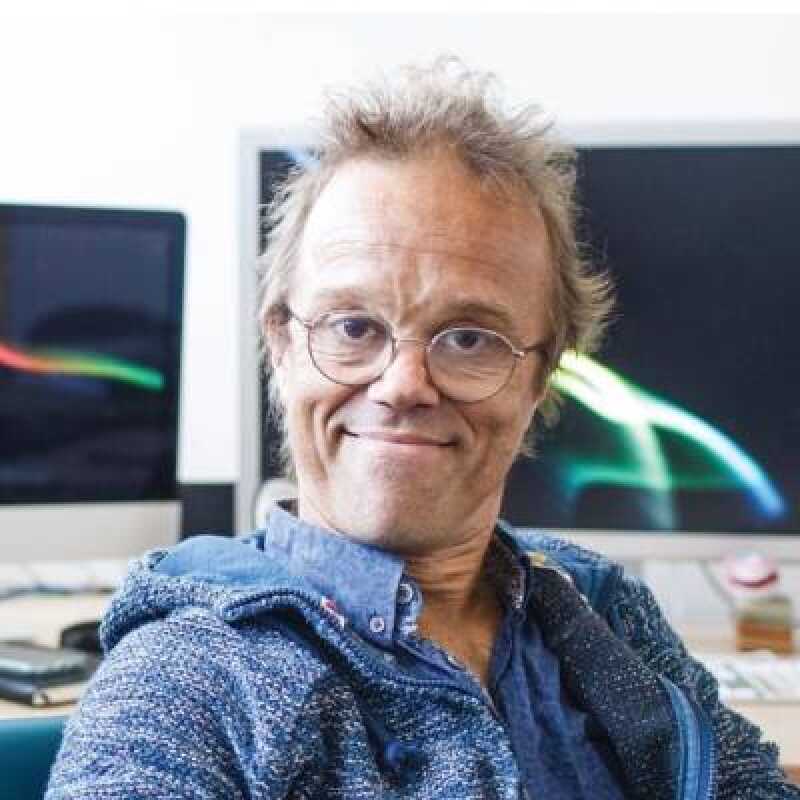- University of Kent
- Biosciences at Kent
- People
- Professor Dan Mulvihill
Professor Dan Mulvihill


Dan Mulvihill acquired expertise in cell cycle and cytoskeleton research during his PhD (co-supervised by Professors Iain Hagan and David Glover FRS) and a subsequent postdoctoral position in the lab of Professor Jerry Hyams, where he used fission yeast to study the function of the actin-associated motor proteins, myosins.
In 2003, he was awarded a BBSRC David Phillips Fellowship and established his own group at the University of Kent to continue research on these conserved molecular motor proteins.
In 2012 he was awarded a four-year Royal Society Industry fellowship to work with Cairn Research Ltd to develop rapid multi-dimensionlive cell imaging systems. Researchers within his lab are investigating the regulation and function of the actomyosin cytoskeleton in eukaryotes. To do this they use a variety of cross-discipline approaches to elucidate how differences in the kinetic and physical properties of the actomyosin cytoskeleton, relate to its cellular properties to uncover cellular functions. Recent studies include discovering a novel regulatory mechanism by which formin nucleation affects the recruitment of tropomyosin (an actin regulator) and subsequently modulates myosin activity, as well as exploring how cell cycle and stress-dependent phosphoregulation affects the motor activity and function of myosin motors.
Dan is a member of the Cell Biology, Cancer Targets and Therapies Group and the Kent Fungal Group.
Research Career
Intracellular movement is a fundamental property of all cell types, with many organelles and molecules being actively transported throughout the cytoplasm by molecular motors. This lab's research focuses upon the study of the function of actin-based motors (or myosins) in the fission yeast, Schizosaccharomyces pombe.
This is a cylindrical unicellular fungi, which grows exclusively at its actin-rich cell poles. The cell's polarised growth is regulated by the 'polarisome' – a group of proteins that move upon polymerising microtubules to the cell tips, where they are deposited and affect the function of actin cytoskeleton regulators to promote polarized cell growth.
While actin patch structures are seen to concentrate at growing poles of the cell, actin filaments extend throughout the cytoplasm, providing a track on which myosins can travel.
Using a comprehensive repertoire of cross-disciplinary techniques, this lab explores how myosins move upon these actin filaments and function within the cell.
Year 2
Year 3
Loading publications...
Showing of total publications in the Kent Academic Repository. View all publications